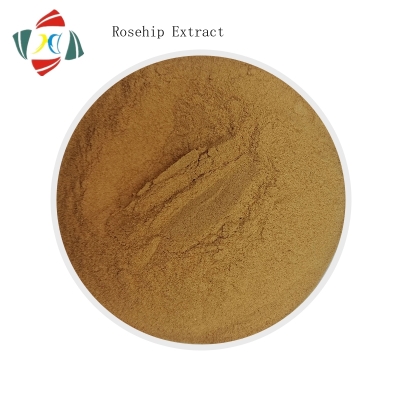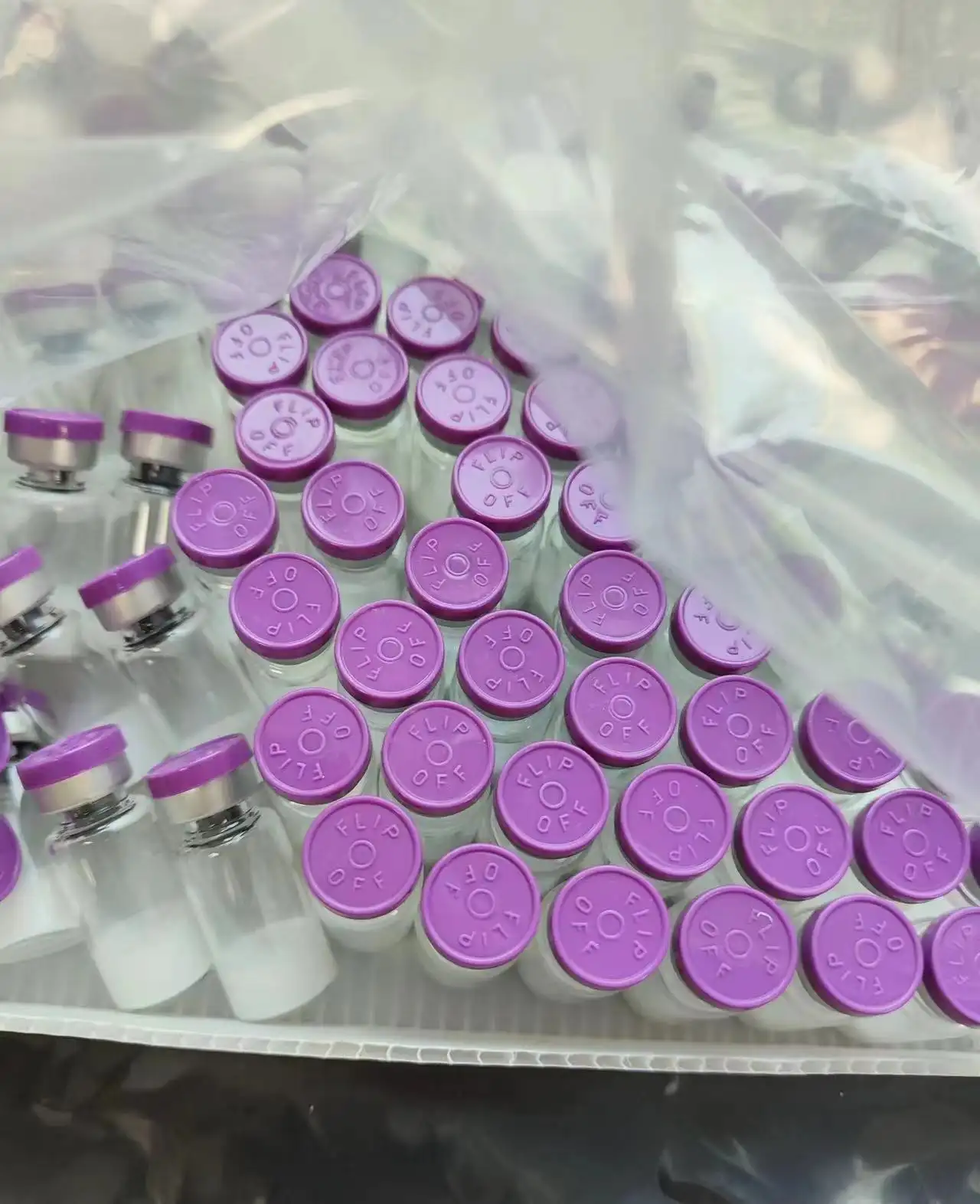-
Categories
-
Pharmaceutical Intermediates
-
Active Pharmaceutical Ingredients
-
Food Additives
- Industrial Coatings
- Agrochemicals
- Dyes and Pigments
- Surfactant
- Flavors and Fragrances
- Chemical Reagents
- Catalyst and Auxiliary
- Natural Products
- Inorganic Chemistry
-
Organic Chemistry
-
Biochemical Engineering
- Analytical Chemistry
- Cosmetic Ingredient
-
Pharmaceutical Intermediates
Promotion
ECHEMI Mall
Wholesale
Weekly Price
Exhibition
News
-
Trade Service
*Only for medical professionals to read for reference.
Myositis, myocarditis, dyspnea.
.
.
Where do these symptoms come from? From March 20, 2021 to March 21, 2021, the 3rd Peking University Rheumatism and Immunity Hotspot Forum was successfully held.
During this conference, various difficult and miscellaneous diseases were continuously shared, and Dr.
Gao Dai from the Department of Rheumatology and Immunology of Peking University First Hospital brought a wonderful sharing.
Just listening to the name-"What is the reason for having trouble sleeping or eating?", people's appetite is raised high.
Figure 1: Screenshot of Dr.
Gao Dai's speech at the meeting.
Case brief introduction Main complaint: fatigue for 50 days, hoarse voice, dysphagia, drinking water for 2 weeks.
History of present illness: General fatigue occurred 50 days ago, and gradually progressed to symmetric proximal limb weakness, difficulty in squatting or standing, neck muscle weakness, and no myalgia.
At the same time, the left case of eyelid drooping, accompanied by shortness of breath, needs to rest after walking 50 meters, accompanied by cough and yellow sticky sputum.
1 month ago, our hospital was admitted to the Department of Urology, and checked alanine aminotransferase (ALT) 133U/L, aspartate aminotransferase (AST) 228U/L, creatine kinase (CK) 53011U/L, CK-MB 11ng/ml, troponin I (cTnl) 1.
597ng/ml, high-sensitivity-C-reactive protein (hs-CRP) 47.
00mg/L, electrocardiogram showed complete right east branch block, atrium with ventricular premature.
He was diagnosed with "myositis, myocarditis" and was given methylprednisolone 80 mg qd intravenous infusion for 16 days, as well as treatments such as heart rate control, liver protection, anti-inflammatory, stomach protection, and blood pressure reduction.
After treatment, muscle weakness was relieved, and CK 3721U/L, CK-MB 156.
2ng/ml, cTnl 0.
028ng/nl were rechecked.
He was discharged from the urology department 2 weeks ago and took regular prednisone 50 mg qd.
He gradually developed hoarseness, difficulty swallowing, and coughing when drinking water.
He could only take semi-liquid food and dry stool.
For further diagnosis and treatment, we will be admitted to our department.
Since the onset of the onset, the patient has poor spirit, unable to eat normally, poor sleep, frequent urination, urgency, dry stool, and weight loss of 15 kg.
Past history: 3 years of history of bladder cancer.
With a history of type 2 diabetes for half a year, he took metformin orally, and complained that he could control his blood sugar, so he stopped the drug by himself.
Denying a history of hypertension and kidney disease, he suffered from hepatitis C in 1991, and he went to the infectious disease hospital for treatment and self-reported that he was cured.
Denies the history of tuberculosis infection.
He was transfused in 1991 and denied a transfusion reaction.
Denies the history of food and drug allergy.
Marriage and childbirth history: marriage of the right age.
Spouse and 1 child and 1 female are in good health.
There is nothing special about personal history and family history.
Admission examination: T36.
8 ℃, P104 beats/min, R18 beats/min, BP113/80 mmHg.
The wheelchair is pushed into the ward.
Heart, lungs and abdomen (-).
The skin is rough and desquamated in both hands, the proximal muscle strength of the limbs is V-level, the neck muscle strength is V-level, bilateral knee tendons, Achilles tendon reflexes are symmetrically elicited, bilateral Babinski sign (-).
There was no edema in both lower limbs.
According to the patient’s medical history and physical examination results, the admission diagnosis is tentatively proposed as: 1.
Myositis and myocarditis are pending investigation; 2.
Bladder cancer; 3.
Type 2 diabetes; 4.
Viral hepatitis (C chronic inactive period) .
After admission, the patient has completed related auxiliary examinations: Figure 2: The patient's auxiliary examination and results According to the auxiliary examination results, it is not difficult to diagnose the patient as: 1.
Dermatomyositis, polymyositis; 2.
Muscle gravis Weakness; 3.
Paraneoplastic syndrome; 4.
Viral myocarditis.
But what caused the dermatomyositis and polymyositis of this patient? Reviewing the patient’s medical history, it was found that he was diagnosed with bladder cancer in 2017 and recurred many times after surgery, and he had bladder cancer liver and lung metastases after 2019.
In order to control the tumor, the patient began to receive teriprizumab treatment in November 2020, with a dose of 240 mg each.
(Note: Teriplimumab is an anti-PD-1 antibody) It was also more than a month after the treatment with Teriplimumab that the patient developed symptoms of dermatomyositis and polymyositis.
This suggests that the patient is likely to have PD-1 related myositis or myocarditis.
This is an immune-related adverse reaction caused by immune checkpoint inhibitors.
Focusing on immune-related adverse reactions A study involving more than 1,300 patients showed that among rheumatic immune-related adverse reactions, arthritis has the highest incidence, followed by myositis; and myositis has the fastest incidence.
Figure 3: The proportion and development speed of myositis in rheumatic immune-related adverse reactions.
Another study involving 345 patients with immune checkpoint inhibitor-related myositis showed that myositis generally occurred one month after immune checkpoint inhibitor treatment.
About 10 months, and the incidence of myocarditis and myasthenia gravis is more than 10%.
The results of the study are also consistent with the case presentation shared by Dr.
Gao Dai.
Figure 4: The results of a study on immune checkpoint inhibitor-related myositis.
By consulting the literature, Dr.
Gao Dai summarized the clinical manifestations of immune checkpoint inhibitor-related myositis as follows: Figure 5: General immune checkpoint inhibitor-related myositis Clinical manifestations Dr.
Gao Dai pointed out that the latest literature on the treatment of immune checkpoint inhibitor-related myositis is as follows: When myositis is severe, stop immune checkpoint inhibitors, and consider the use of high-dose hormones and intravenous injection of human immunoglobulin ( IVIg) or plasma exchange treatment.
However, Dr.
Gao Dai emphasized that the prognosis of immune checkpoint inhibitor-related myositis is not optimistic, and the mortality rate is as high as 24%.
Moreover, for such immune-related adverse reactions, the role of rheumatologist immunologists should be to help oncologists to discuss the next step of anti-tumor treatment.
However, if myositis is severe, stopping immune checkpoint inhibitors is the first consideration.
Therefore, the research and exploration of immune checkpoint inhibitor-related myositis is still on the way.
.
.







